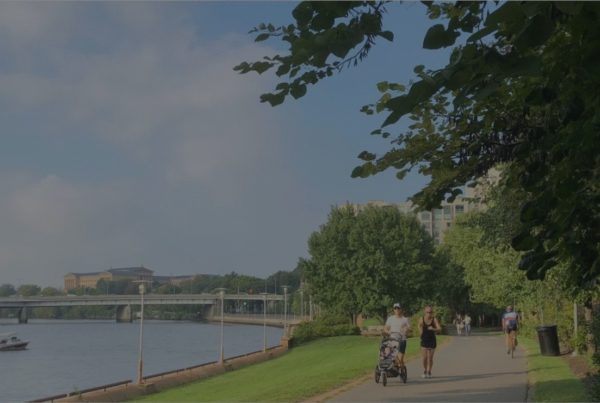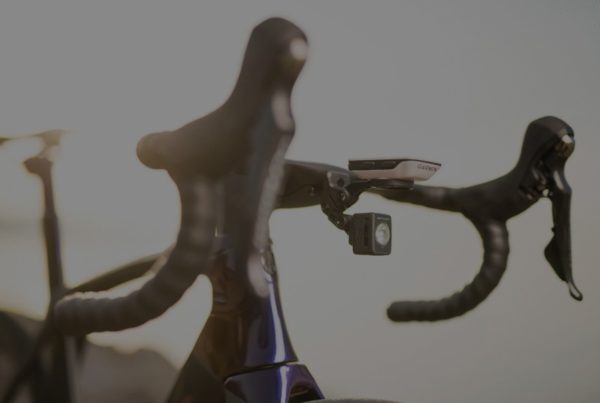Published Oct. 6, 2005
By Bob Mionske
for VeloNews
Hi Bob,
Occasionally while riding on the road, a rock will go sailing from the sidewall of my tires to a car driving next to me. I cringe everytime this happens, and I’m waiting for the day a motorist decides to do something about the new dent in their car. If this did become a legal matter, would I be responsible for the rock hitting their car?
T.D.
Santa Barbara, California
T.D.,
You have heard of the “Perfect Storm,” but what about the “PerfectStone?” One day I was on a training ride, minding my own business, when I hear someone yelling and I turn to my left and see a man driving a car along side me with the passenger window lowered. This madman was screaming quite emphatically that I should get off the road or somesuch nonsense. I was just about to invite this guy to discuss the matter further over a lunch of knuckle sandwiches (my treat) when I hear the very loud smack of a rock hitting the side of his car. He stops mid-spew and just stares at me, mouth agape, with a bewildered look. It was a beautiful moment and nothing more was said by either of us. As I rode off I pondered the same question submitted above by T.D., so here goes.
To determine if a cyclist is legally liable to a motorist for damages caused by a projectile launched from a front tire, we need to discuss basic negligence law (which is the same law that allows a cyclists to be compensated when hit by a motor vehicle). Negligence can be defined as an act,or failure to act, which falls below the standard of duty of care established by law for the protection of others against unreasonable risk of harm. In order to prove a negligence claim the plaintiff must prove at least 4 elements-
- Duty;
- Breach of duty;
- Causation; and
- Damages.
But what does this mean in plain English?
The term Duty refers to the legal requirement that a person adhere to a standard of conduct in protecting others from unreasonable risk of harm. For example, landlords have a duty to keep a residence habitable for tenants, store owners have a duty to keep the store aisles safe and passable, parents have a duty to care for their children, motorists havea duty to yield the right of way to cyclists, etc.
The next element one must establish in a negligence case is “Breachof Duty.” So, once the duty has been identified, an act or failure to act can be shown to have breached that duty. To detemine if there is a breach of duty we ask “would a reasonable person in a similar situation have done the same thing as the person being sued?” Examples include a landlord not providing locking doors, a store owner leaving grease on the floor, a parent leaving a child unattended, a motorist opening his door just as a cyclist passes, etc.
Causation, the third and critical element of a lawsuit in negligence, can be determined by looking atactual causation and proximate causation. To determine actual causation we ask the question of “whether the person being sued was the actual cause of the damage sustained by the person initiating the lawsuit. Proximate causation looks at the issue of forseeability. So when we consider the event as it happened we ask “whether the damages were foreseeable or whether they are too remotely connected to the incident to consider.
The last element to a basic negligence claim is Damage. A plaintiff must have suffered damage-either physical (personal injury) or economic (financial) or both.
Now lets turn to our fact pattern. A cyclist is riding along obeying the law and a stone is kicked up from his front wheel and hits and damages a car. First we need to determine if the cyclist owes any duty towards the other vehicles on the road and, of course, he does. He has a duty to adhere to the rules of the road while traveling in traffic. This duty extends to other cyclists, pedestrians and motor vehicles.
Next we need to determine whether our cyclist breached that duty. It seems the cyclist did nothing to breach a duty to anyone as he was proceeding in a lawful manner, just as any “reasonable person” in his (bike) shoes would.
Now we turn to causation. Did the cyclist “cause” the motorist’s damages (dented vehicle)? Unless the cyclist actually sees the rock fly from his front tire and is willing to admit this (this requirement alone makes the case nearly impossible for the motorist to win this case), the motorist will have a difficult time with causation. This is because even if the cyclist was willing to admit that the rock flew from his frontt ire into the vehicle- we need also to ask if this was foreseeable. In other words, should the cyclist have anticipated that his front tire would encounter a rock of the perfect size and dimension as to enable it to be sent as a flying projectile in a way that could cause damage to another? I would argue that it is not foreseeable that the cyclist would encounter the “perfect stone” in the roadway (maybe a construction truck dropped it or another vehicle’s wheel threw it onto the roadway) and also that it was not foreseeable that his front tire would hurtle the rock ala TiddleyWinks into a vehicle thereby damaging it.
The last element a plaintiff would have to show is Damage. Whilethe driver can show that his vehicle sustained a dent and as a consequence he was “economically” damaged, we would never get to this rubric if it was determined that the cyclist did not breach any duties and that the causation was not foreseeable.
Good luck
Bob
This article, The Perfect Stone, was originally published on VeloNews on October 6, 2005.



